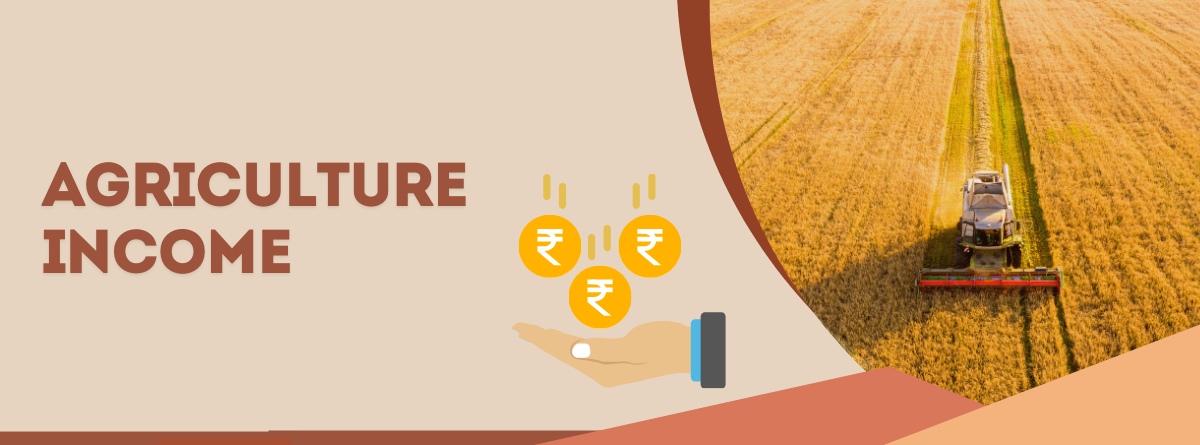Content
- Introduction
- What Is Agriculture Income?
- Types of Agricultural Income
- Agricultural Income in Income Tax
- Taxation of Agricultural Income
- Representation of Agriculture Income In Income Tax Returns
Introduction
The Indian government has defined various sections to categorise income and earnings for better transparency while calculating the total taxable income and for the citizens to file taxes. One such category is agriculture income.
Understanding “what is agriculture income” is critical, as it is taxed differently under the two tax regimes. Agriculture income is the total revenue an individual or entity earns from sources, including land farming, commercial produce from horticulture land and buildings on identified agricultural land.
Under the Income Tax Act of 1961, section 2(1A) defines the agricultural revenue of an individual or entity.
More Articles to Explore
- Difference between NSDL and CDSL
- Lowest brokerage charges in India for online trading
- How to find your demat account number using PAN card
- What are bonus shares and how do they work?
- How to transfer shares from one demat account to another?
- What is BO ID?
- Open demat account without a PAN card - a complete guide
- What are DP charges?
- What is DP ID in a demat account
- How to transfer money from demat account to bank account
Disclaimer: Investment in securities market are subject to market risks, read all the related documents carefully before investing. For detailed disclaimer please Click here.
Frequently Asked Questions
No, you will have to pay tax on the revenue as only agricultural income generated from land situated in India is exempted from taxes.
In the tea business, 40% of the total earnings is considered business income and taxable. The remaining 60% is considered agricultural income and is exempted from tax.
All agricultural operations carried out on either urban or rural land are exempt from taxes.
The income will be considered agricultural if the above-mentioned criteria are fulfilled. The main factor is that the land should be within the definition of agricultural land.




